What forces affect glomerular filtration?
Only a small part, about 1/5 (20%), of the blood that enters the renal glomeruli undergoes the filtration process; the remaining 4/5 reach the peritubular capillary system through the efferent arteriole. If all the blood entering the glomerulus were filtered, in the efferent arteriole we will find a dehydrated mass of plasma proteins and blood cells, which could no longer escape from the kidney.
As needed, the kidney has the ability to vary the percentage of plasma volume filtered through the renal glomeruli; this capacity is expressed by the term filtration fraction and depends on this formula:
Filtration Fraction (FF) = Glomerular Filtration Rate (GFR) / Fraction of Renal Plasma Flow (FPR)
In the filtration processes, in addition to the anatomical structures analyzed in the previous chapter, very important forces also come into play: some oppose this process, others favor it, let's see them in detail.
- The hydrostatic pressure of the blood flowing in the glomerular capillaries favors filtration, therefore the escape of the liquid from the fenestrated endothelium towards the Bowman's capsule; this pressure depends on the acceleration of gravity imposed on the blood by the heart and the vascular patency, so much the higher the arterial pressure, the greater the thrust of the blood on the capillary walls, therefore at hydrostatic pressure. The capillary hydrostatic pressure (Pc) is approximately 55 mmHg.
- Colloid-osmotic (or simply oncotic) pressure is linked to the presence of plasma proteins in the blood; this force opposes the previous one, drawing the liquid towards the inside of the capillaries, in other words it opposes filtration. When the protein concentration of the blood increases, the oncotic pressure increases and the obstacle to filtration; vice versa, in a blood poor in proteins the oncotic pressure is low and filtration higher. The colloid-osmotic pressure of the blood flowing in the glomerular capillaries (πp) is about 30 mmHg
- The hydrostatic pressure of the filtrate accumulated in the Bowman's capsule also opposes filtration. The liquid that filters from the capillaries must in fact oppose the pressure of that already present in the capsule, which tends to push it back.
The hydrostatic pressure (Pb) exerted by the liquid accumulated in the Bowman's capsule is about 15 mmHg.
Adding the forces described above, it emerges that filtration is favored by a net ultrafiltration pressure (Pf) equal to 10 mmHg.

The volume of liquid filtered in the unit of time is called the glomerular filtration rate (GFR). As anticipated, the average value of the GF is 120-125 ml / min, equal to about 180 liters per day.
The filtration rate depends on:
- Net ultrafiltration pressure (Pf): resulting from the balance between the hydrostatic and colloid-osmotic forces acting through the filtration barriers.
but also from a second variable, called
- Ultrafiltration coefficient (Kf = permeability x filtering surface), in the kidney 400 times higher than that of the other vascular districts; it depends on two components: the filtering surface, that is the surface area of the capillaries available for filtration, and the permeability of the interface that separates the capillaries from the Bowman's capsule
To fix the concepts expressed in this chapter, we can state that reductions in glomerular filtration rate can depend on:
- a reduction in the number of functioning glomerular capillaries
- a reduction in the permeability of functioning glomerular capillaries, for example due to infectious processes that subvert their structure
- an increase in the fluid contained in the Bowman's capsule, for example due to the presence of urinary obstructions
- an increase in colloid osmotic blood pressure
- a reduction in the hydrostatic pressure of the blood flowing into the glomerular capillaries
Among those listed, for the purpose of regulating the glomerular filtration rate, the factors most subject to variations, therefore subjected to physiological control, are the colloid-osmotic pressure and above all the blood pressure in the glomerular capillaries.
Colloid-osmotic pressure and glomerular filtration
Previously, we underlined how the colloid-osmotic pressure inside the glomerular capillaries is equal to about 30 mmHg. In reality this value is not constant in all sections of the glomerulus, but increases as one moves from the contiguous segments. to the afferent arteriole (beginning of the capillaries, 28 mmHg) to those that collect in the efferent arteriole (end of the capillaries, 32 mmHg). The phenomenon is easily explained on the basis of the progressive concentration of plasma proteins in the glomerular blood, the result of its deprivation of the liquids and solutes filtered in the previous tracts of the glomerulus. For this reason, as the filtration rate (GFG) increases, the oncotic pressure of the glomerular blood increases progressively (being deprived of greater quantities of liquids and solutes).
In addition to the GFR, the increase in oncotic pressure also depends on how much blood reaches the glomerular capillaries (fraction of the renal plasma flow): if it reaches little, the colloid-osmotic pressure increases to a greater extent, and vice versa.
The colloid-osmotic pressure is therefore influenced by the filtration fraction:
- Filtration Fraction (FF) = Glomerular Filtration Rate (GFR) / Fraction of Renal Plasma Flow (FPR)

Under normal conditions, renal blood flow (FER) amounts to approximately 1200 mL / min (approximately 21% of cardiac output).
The colloid-osmotic pressure is also influenced by
- Concentration of plasma proteins (which increases in case of dehydration and decreases in case of malnutrition or liver problems)
The more plasma proteins there are in the blood arriving at the glomeruli, the greater the colloid-osmotic pressure in all segments of the glomerular capillaries.
Blood pressure and glomerular filtration
We have seen how the hydrostatic pressure, that is the force with which the blood is pushed against the walls of the glomerular capillaries, increases as the arterial pressure increases. filtration.

As shown by the graph, if the mean arterial pressure remains within values between 80 and 180 mmHg, the glomerular filtration rate does not change. This important result is achieved first by regulating the fraction of renal plasma flow (FPR), then by correcting the amount of blood that passes through the renal arterioles.
- If the resistance of the renal arterioles increases (the arterioles shrink allowing less blood to pass), the glomerular blood flow decreases
- If the resistance of the renal arterioles decreases (the arterioles dilate allowing more blood to pass), the glomerular blood flow increases
The effect of arteriolar resistance on glomerular filtration rate depends on where this resistance develops, in particular whether the dilatation or narrowing of the vessel lumen affects the afferent or efferent arterioles.
- If the resistance of the renal arterioles afferent to the glomerulus increases, less blood flows downstream of the obstruction, therefore the glomerular hydrostatic pressure is reduced and the filtration rate decreases
- If the resistance of the efferent renal arterioles to the glomerulus decreases, upstream of the obstruction the hydrostatic pressure increases and with it the glomerular filtration rate also increases (it is like partially occluding a rubber tube with a finger, it is observed that upstream of the " obstruction the walls of the tube swell due to an increase in the hydrostatic pressure of the water, which pushes the liquid against the walls of the tube).
Summarizing the concept with formulas
R = arteriole resistance - Pc = capillary hydrostatic pressure -
GFR = glomerular filtration rate - FER = renal blood flow
To conclude, we underline how the increase in GFR due to an increase in resistance of the efferent arterioles is valid only when this increase in resistance is modest. If we compare the efferent arteriolar resistance to a tap, we notice that as we close the tap - increasing the flow resistance - the glomerular filtration rate increases. At a certain point, continuing to turn off the tap, the GFR reaches a maximum peak and slowly begins to decrease; this is the consequence of the increase in the colloid-osmotic pressure of the glomerular blood .

Other articles on "Glomerular Filtration - Filtration Rate"
- Renal glomerulus
- Kidney kidneys
- Kidney and glucose reabsorption
- Kidney and salt and water balance
- Nephron
- Regulation of glomerular arterial resistance

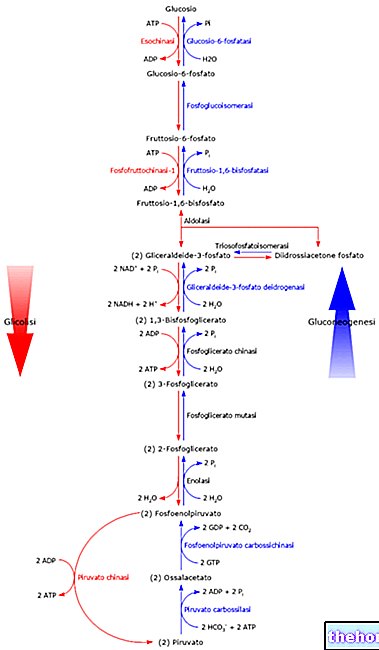

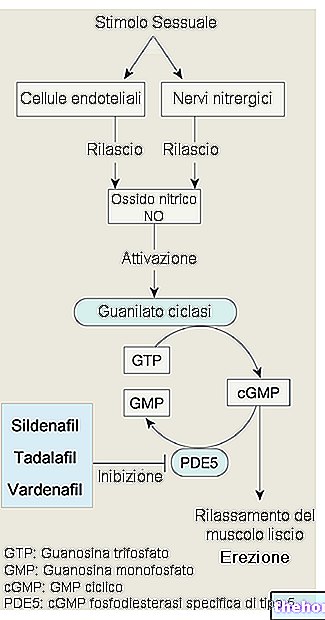
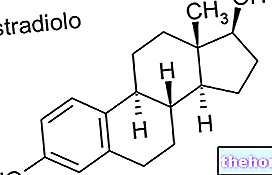
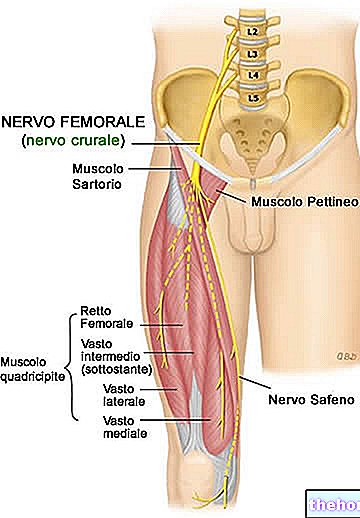
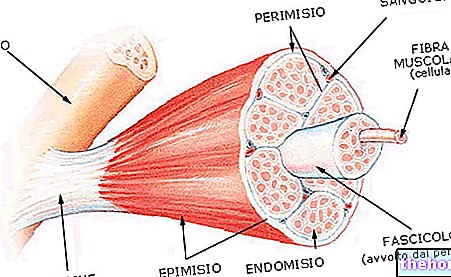


.jpg)


















